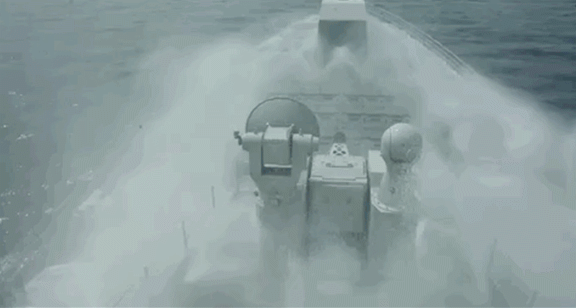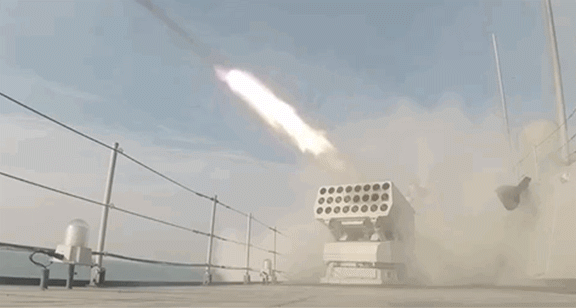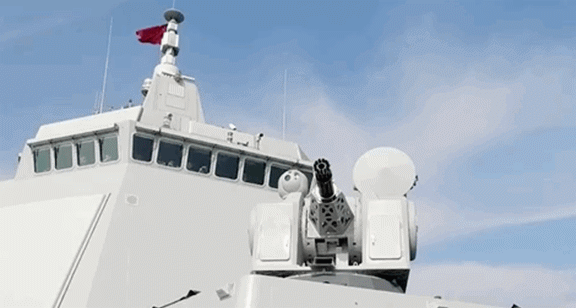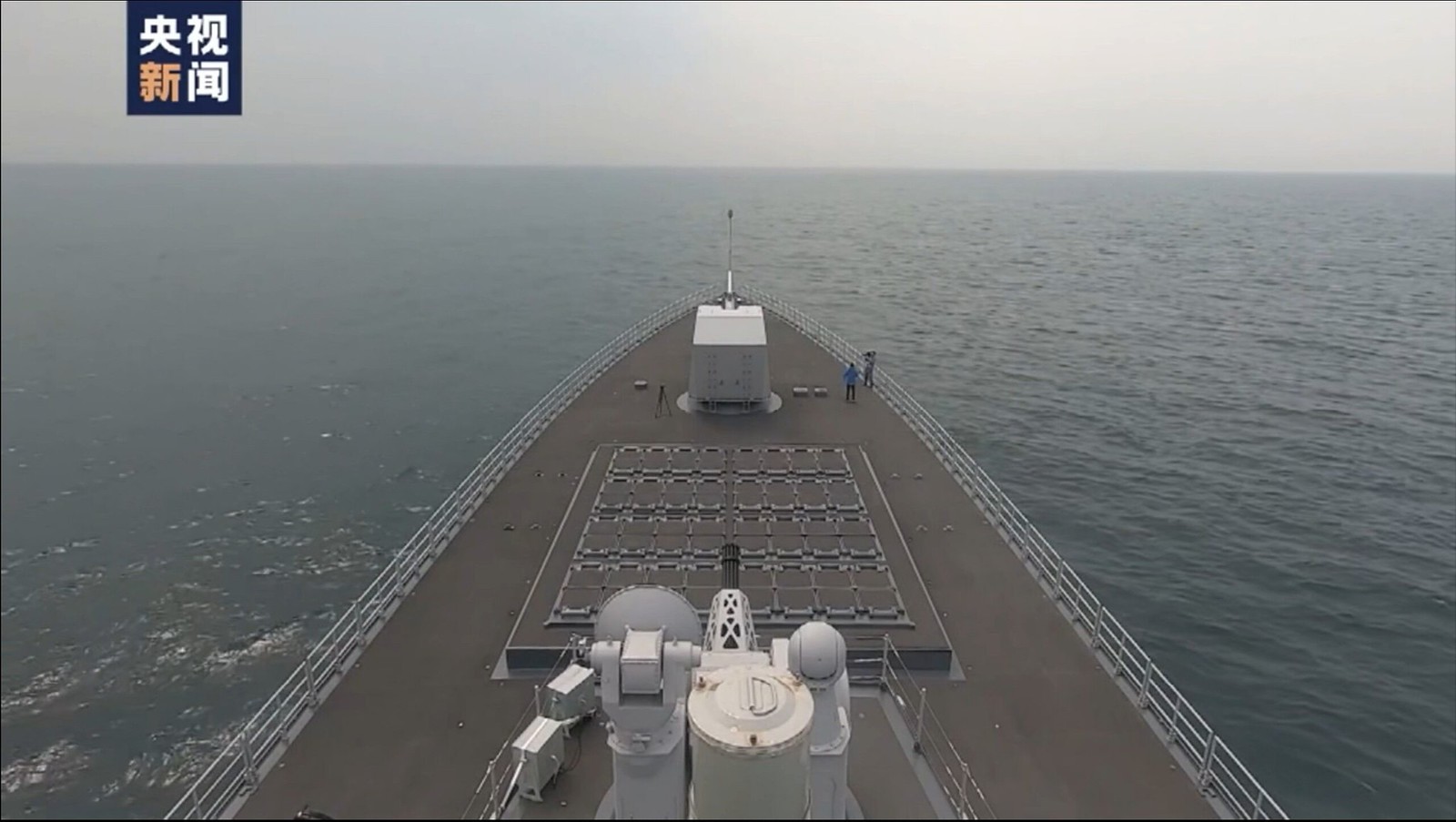Is there any other VLS system that can do both hot and cold ?
The better question to ask is how many VLS uses the Concentric Canister Launcher concept. or CCL. This design lets you hot launch missiles without the need for a complicated system of transfer channels to a center plenum.
CCL is basically like a tube inserted inside something that is shaped like a huge test tube. The missile is inserted inside the inner tube.

This is in contrast to the hot launched VLS with center channels the Mk. 41 is famous for. The H/AJK-16 uses this example as well as the Sylvers. Russian and Royal Navy SAM VLS like Osas and CAMMs are cold launched however with dedicated VLS usable only to that missile alone.

There are only two other CCL VLS in the world.
One is the Russian UKSK VLS.

And the other is the Mk. 57 VLS used in the Zumwalt.

However, the UKSK is only known to fire Kalibr antiship and cruise missiles, which are hot launched. I don't think its used to fire Russian SAMs which are cold launched but the theoretical option is always there to quad pack the smaller ones into a UKSK cell, which might even be slightly larger than the U-VLS cell. Modern Russian warships are equipped with UKSK, but they are equipped only for Kalibr and Onix missiles, which are namely antiship and cruise missiles, and these warships have dedicated cold launched VLS for their SAMs.
Redut and CAMM VLS.


As for the Mk. 57, they plan on using the Zumwalts as a surface to surface fighter, which means dual use Tomahawks, SM-6s and maybe LRASMs. All these are hot launched, so there is no opportunity to ever test or require the cold launch capability, given the US doesn't have any cold launched missile that I know of. In theory, if there should be one, it would work.






















